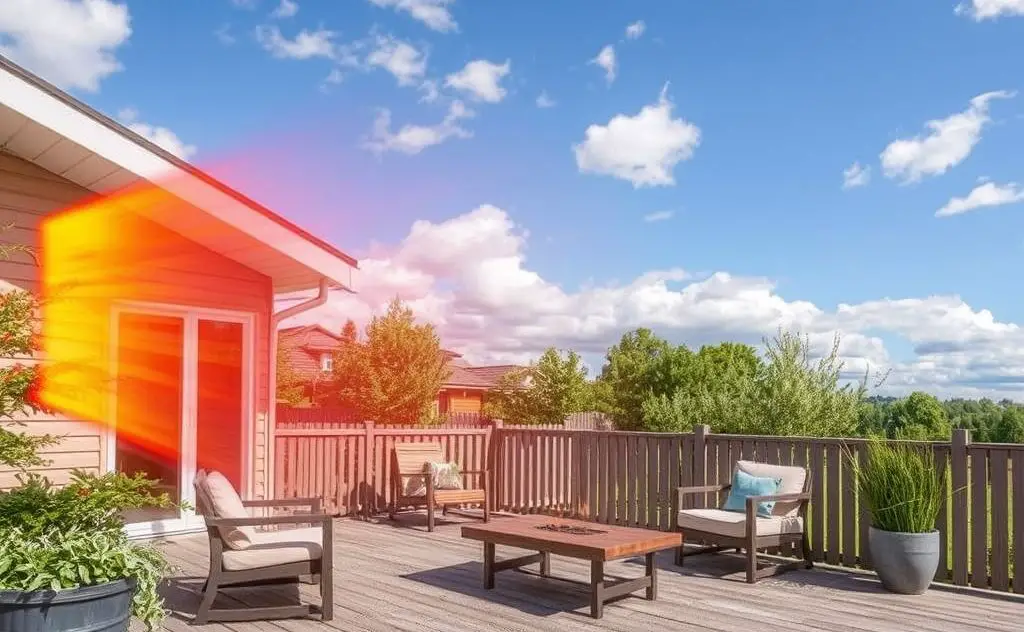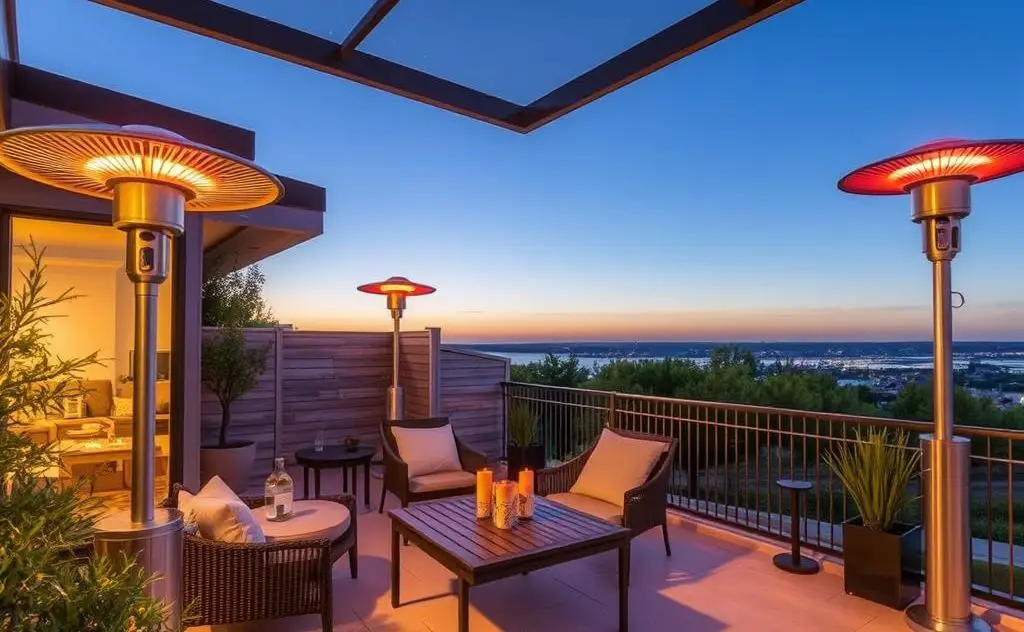Yes, convection heating can be used outdoors, but it’s essential to use weatherproof models designed for outdoor conditions to ensure safety and efficiency.
Convection heaters are common indoors, but their effectiveness outdoors is limited. While possible in sheltered areas, most outdoor spaces require radiant heating for efficient warmth. Understanding the differences helps choose the right solution.

How Convection Heaters Work Outdoors
Convection heaters warm air which then circulates to heat objects and people. This method works well indoors where walls contain the warm air. Outdoors, wind quickly disperses heated air, reducing efficiency.
Challenges of Outdoor Convection Heating
- Wind carries away heated air before it can warm people
- Requires continuous operation to maintain warmth
- Higher energy consumption for limited results
- Best suited for completely wind-protected areas

Radiant Heaters: The Better Outdoor Option
Radiant heaters like the infrared patio heaters work differently. They emit infrared waves that directly warm objects and people, not the air. This makes them far more effective outdoors.
Advantages of Radiant Outdoor Heating
| Feature | Radiant | Convection |
|---|---|---|
| Wind resistance | High | Low |
| Energy efficiency | 90-94% | 60-70% |
| Heat-up time | Instant | 5-10 minutes |
When Convection Can Work Outdoors
Convection heating may be suitable in:
- Fully enclosed outdoor rooms with roofs and walls
- Gazebos with wind-blocking screens
- Small, highly sheltered patio corners
For these applications, consider built-in gas heaters designed for semi-outdoor spaces.
Comparing Heat Transfer Methods
Radiant Heat Transfer
- Infrared waves travel through air
- Waves absorbed by objects and people
- Objects re-radiate warmth
Convection Heat Transfer
- Heater warms nearby air
- Hot air rises naturally
- Cooler air replaces it, creating circulation
Energy Efficiency Considerations
According to Bromic’s research, radiant heaters convert 90-94% of energy into usable heat, while convection systems lose significant energy to air movement and wind dispersion.
Installation Factors
Radiant heaters offer more mounting options:
- Wall-mounted units save floor space
- Ceiling installations provide wide coverage
- Freestanding models can be moved as needed
For portable options, the Duraheat portable propane heater offers flexibility for both indoor and sheltered outdoor use.
Safety Considerations
Outdoor heaters require special safety features:
- Tip-over protection
- Weatherproof electrical components
- Overheat protection
- Proper clearance from flammable materials
As noted by heatersandfireplaces.com, radiant heaters typically operate at safer surface temperatures than convection units with exposed heating elements.
Cost Comparison
While radiant heaters often have higher upfront costs, their energy efficiency leads to lower operating expenses over time. Convection heaters may seem cheaper initially but cost more to run outdoors.
